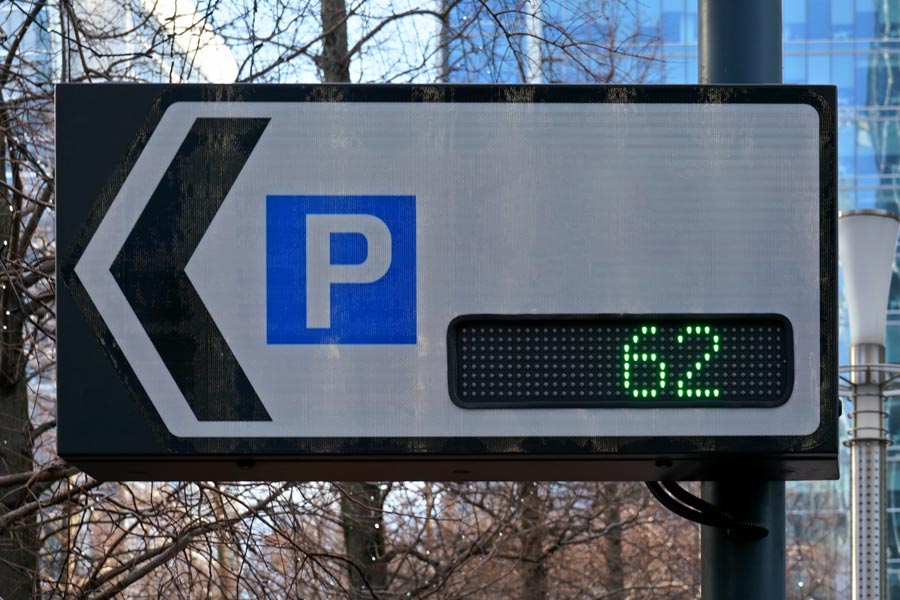The Challenge
Finding a parking space in a busy city can be frustrating. It is also a leading contributor to traffic congestion and air pollution within urban environments.
Our client approached Plextek to deliver the key enabling technologies for a system to detect occupancy in on-street parking spaces. This real-time data could notify drivers of the available slots to enable smarter parking and alleviate congestion.
This required a highly accurate in-road parking sensor, citywide radio coverage and a secure back-end server with ultra-high availability.
The solution would be implemented in a European capital city and due to the winter weather, the entire project had to be compressed into six months, from initial research through to city-wide deployment. As a result, our sensors would have to cope with harsh temperatures and road conditions.


The Approach
After investigating a number of sensing methods, a magnetometer was selected as the primary sensor. Because neighbouring vehicles, passing vehicles or parallel-parked vehicles can produce false results, we developed signal processing algorithms, threshold manipulation and self-calibration programs to achieve the false trigger rate specified by the client.
The sensors had no external power supply, so they were designed to operate on a low cost internal battery with a five-year lifespan. The radio communications design was a challenge as the top of the sensor had to be flush with the road surface requiring a unique antenna created to fit around other components.
Plextek was also responsible for the design of the base station infrastructure and server that gathered the sensor data and distributed it to user facing Apps and signage.
The Approach
After investigating a number of sensing methods, a magnetometer was selected as the primary sensor. Because neighbouring vehicles, passing vehicles or parallel-parked vehicles can produce false results, we developed signal processing algorithms, threshold manipulation and self-calibration programs to achieve the false trigger rate specified by the client.
The sensors had no external power supply, so they were designed to operate on a low cost internal battery with a five-year lifespan. The radio communications design was a challenge as the top of the sensor had to be flush with the road surface requiring a unique antenna created to fit around other components.
Plextek was also responsible for the design of the base station infrastructure and server that gathered the sensor data and distributed it to user facing Apps and signage.

The Outcome
The whole system was delivered and installed just before the winter freeze, in order to complete all acceptance criteria.
The radio design allowed a relatively sparse network of base stations to be used to save cost and the straightforward sensor deployment and calibration procedure allowed 11,000 in-road parking sensors to be deployed in just two weeks.
The technology has been successfully re-deployed in other European cities.



